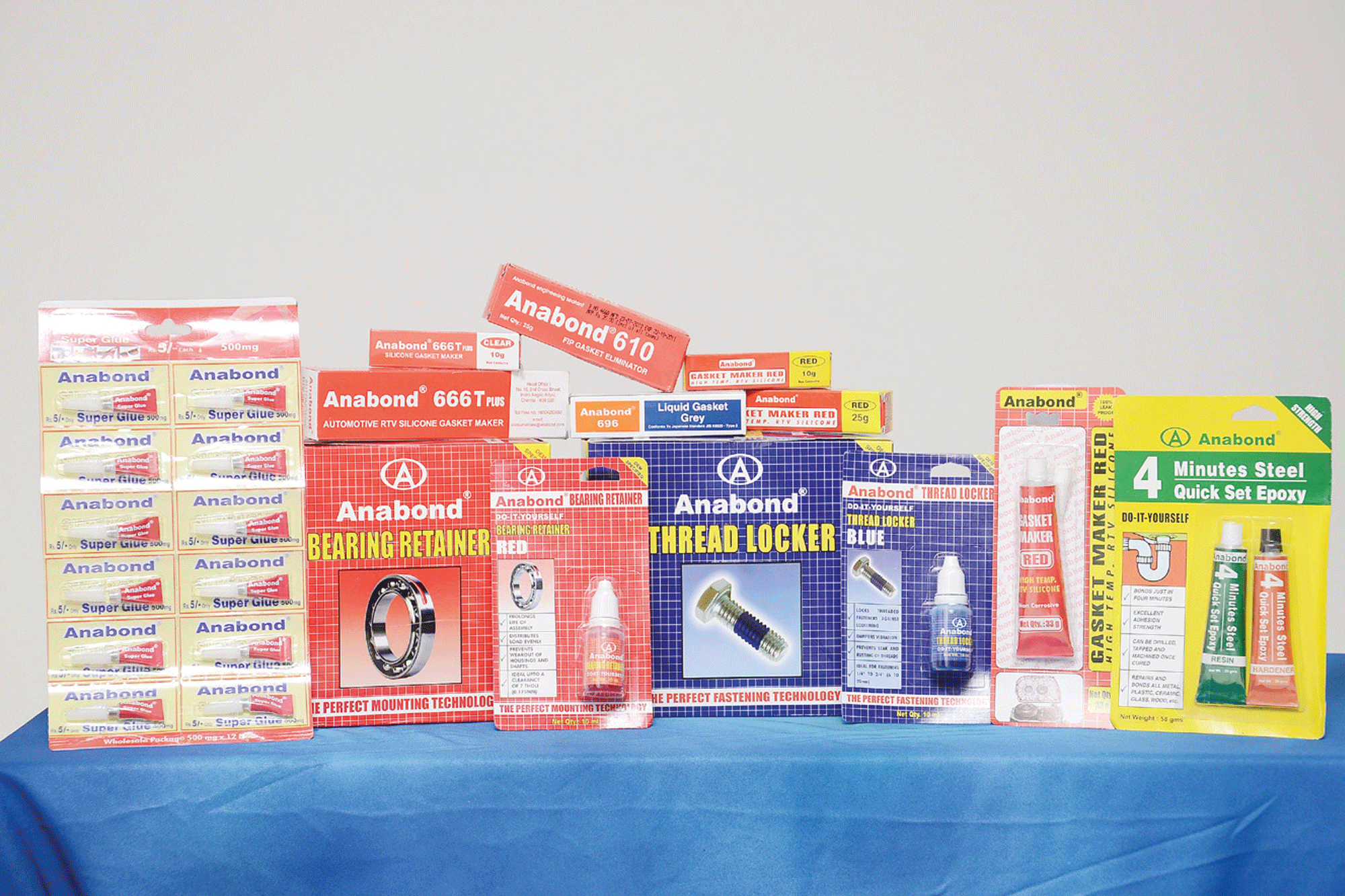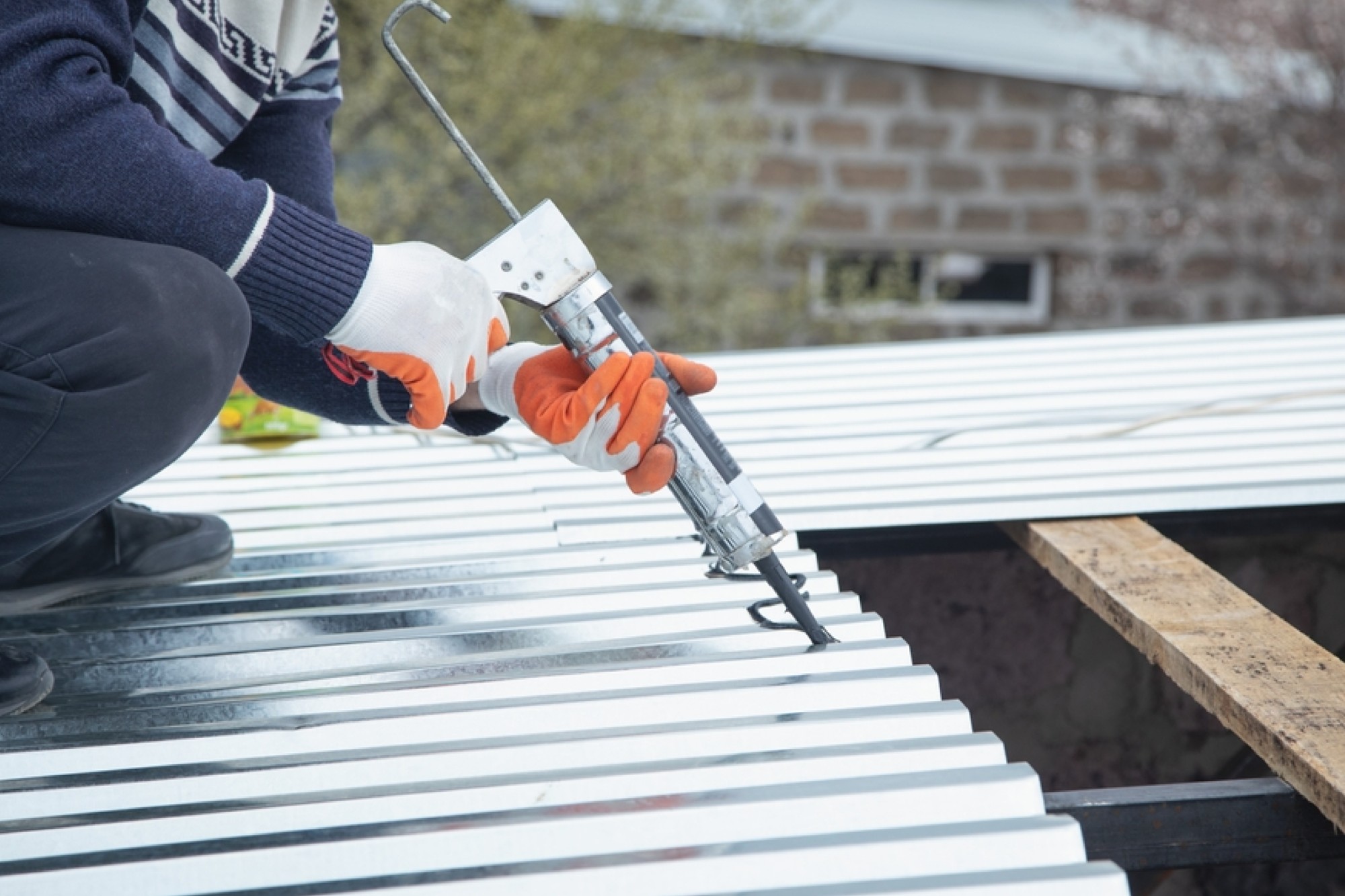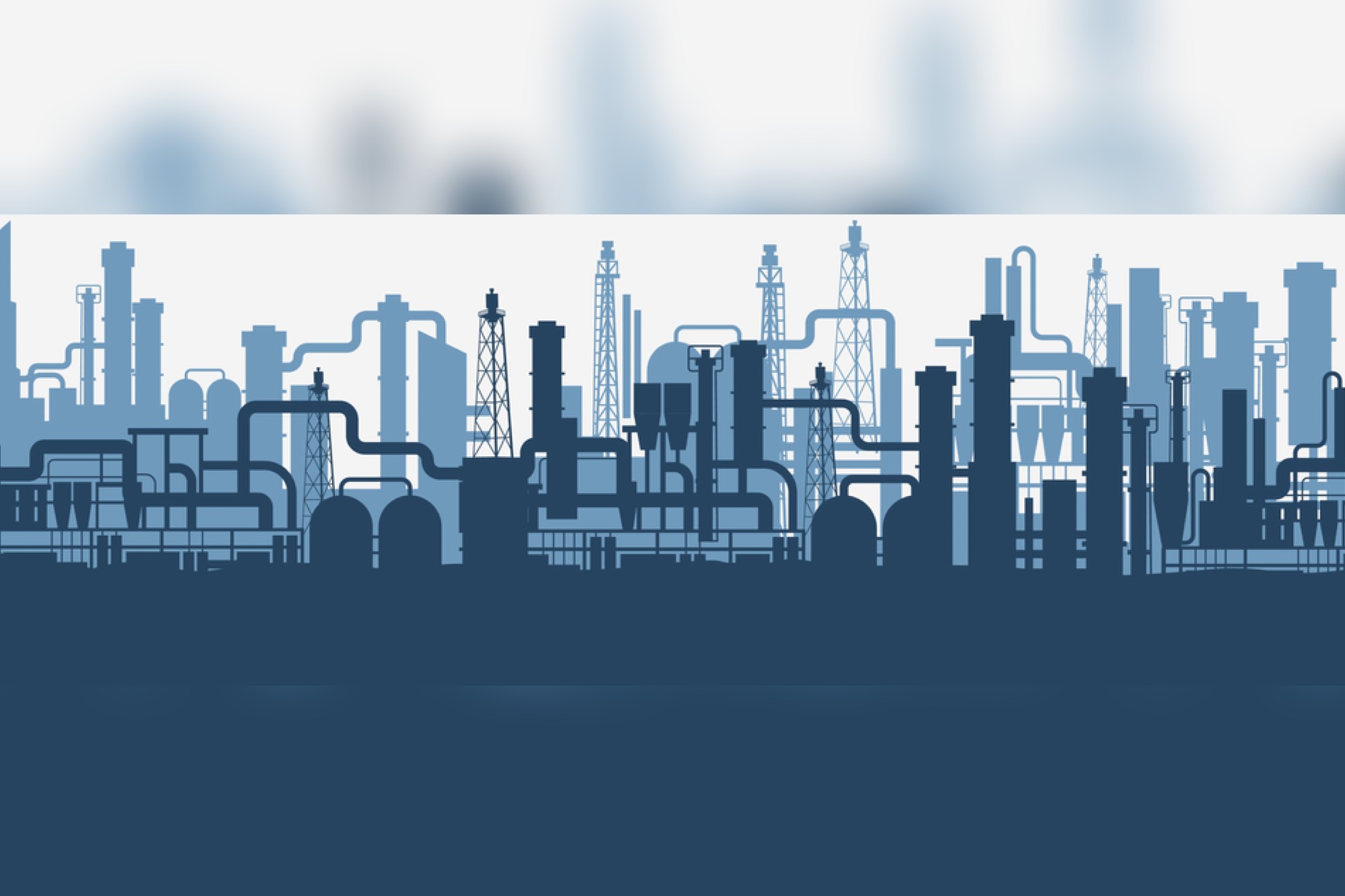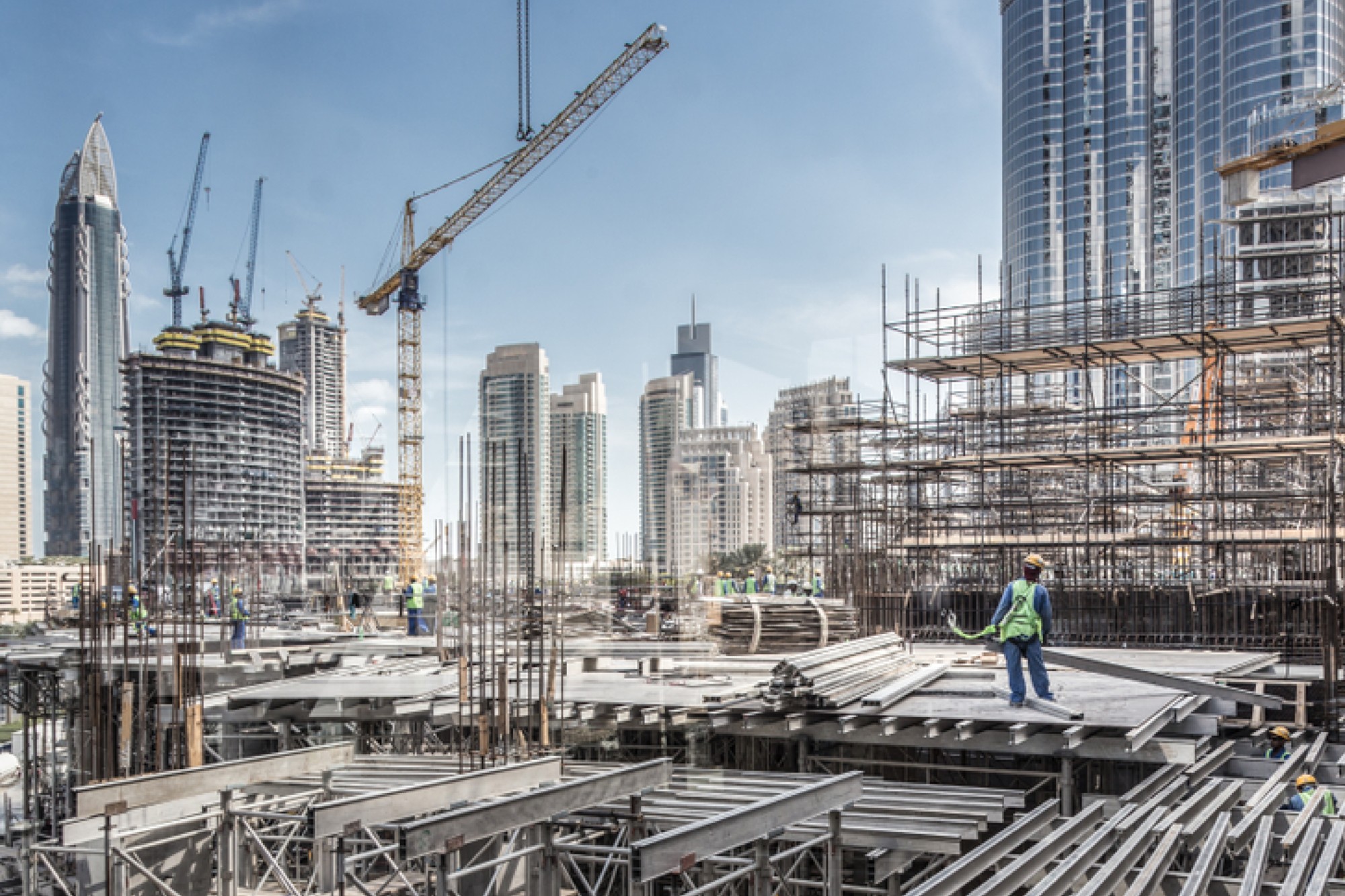Adhesives: Aiding the idea of sustainable structures
By Edit Team | September 28, 2019 6:10 am SHARE

Adhesives are being increasingly preferred in the construction industry to combat a number of issues which threaten the long term stability of a structure.
The role of building materials in making a building sustainable is paramount. In a timeline new high-rises are conquering the skyline and commercial workspaces are witnessing changes, a lot of traditional elements utilised are getting upgraded. A number of new age masonry anchors are coming in the spotlight. Adhesives are fast replacing traditional methods like riveting, fastening etc and this can be attributed to a number of reasons. While considering building materials for a project, builders take into account a range of factors including performance, aesthetics, overall costing, life cycle of the material and environmental impact. In order to create a durable structure, adhesives and sealants used for construction need to be strong, long-lasting and resistant to heat and moisture.
The Need for Adhesives
Over a period of time stresses and strains cause considerable damage to a structure. These stresses and strains can be caused owing to a number of factors which also includes uneven distribution of load. By utilising adhesives stress in the joined parts are uniformly distributed and thereby the stress concentration resulting out of the conventional methods are eliminated. This leads to a safer and stable structure in the long run. When rivets and fasteners are utilised the possibility of corrosion also threatens the factor of safety. Adhesives help in resolving this issue, 100% sealing of the joint is ensured in bonded joints. This has two advantages; the joint is sealed leak-free besides which the joint corrosion is eliminated as the adhesives seal the joined parts. Bonding improves the aesthetics of the structure being bonded.
“In the olden days we had busses whose body was riveted with the side panel. The appearance was rather shabby. Today the large Volvo busses have bonded panels with attractive pictures on them which gives a pleasing look to the modern-day busses. So adhesives also allow you to enhance aesthetics. It makes it possible to bond dissimilar materials as the bonds are resilient and elastic. The bonding times is less and requires very little tools. This improves the up-time of the structures.” says Biju Sadasivam Santha (DGM-BD), Anabond Limited
“Compared to mechanical fasters, adhesives are also more effective for joining light-weight materials. As manufacturers increasingly adopt lighter materials in their quest for sustainability, demand for adhesives to join these lightweight materials will also likely increase. To ensure durability of the structure, adhesive solutions need to provide high strength, rapid curing and good resistance against heat and moisture,” points out Muralidhar Shenoy, Commercial Director – Europe, MEA & India at Huntsman Advanced Materials.
Reduction in Downtime Cost and Other Advantages
Apart from being a sustainable option the utilization of adhesives can considerably reduce the downtime costs. “Loosening of nuts and bolts hinders production and can result in high downtime costs and adhesives can help prevent such interruptions by providing a reliable and inexpensive method to ensure assemblies run without any glitches,” says Muralidhar, “Adhesives applied to the threads of bolts in liquid or gel form can help lock the threads together, ensuring their functioning as a seamless unit. Another benefit of using adhesives is that they are not permanent and can be removed as and when required, for disassembly.”
Bolts and nuts loosen due to vibration and this has been an age-old problem on the shop floor as well as in the automotive industry. Any system when subjected to a very high impact gets exited into a high level of energy. The system dissipates this energy to come back to its original state by the process of vibrating. Normally fasteners are very powerful springs which get extended due to the torque input. These torqued fasteners clamp members together due to the tension in the fasteners preventing movement between the members (Transverse movement) but invariably due to impact forces, these fasteners unscrew losing their tension and allowing transverse movement. This transverse movement chipped the shank of the fasteners and progressively reduced the diameter of the shank.
“At one point if left untightened these fasteners snapped leading to failure of the assembly. Traditionally people used components like spring washer, wave washer, serrated tooth washers and finally nylon embedded ring nuts to prevent vibrational loosening. All these methods worked on the assumption that by increasing friction between the nut and the body, the vibrational loosening can be prevented. But even while tightened, the same friction can eat up a good part of the torque being input. Owing to such circumstances an ideal thread locker should ensure that the entire torque delivered to a fastener is converted into tension while tightening and once tightened it should lock the fastener. If the product also dampens the vibration, then this would be a bonus. The nylon inserted ring nuts came quite close to this requirement as they dampen the vibration but failed to reduce the friction between the threads of the fasteners! The failures continued till Anaerobic thread locking adhesives came in as the most reliable thread locking method.” says Biju Sadasivam Santha.
Junkers transverse shock vibration tests conducted by the S.A.E (Society of Automobile Engineers) have proved beyond doubt the superiority of Anaerobic thread locking over conventional locking devices. Anaerobic thread locking adhesives are organic liquids which lubricate and improves the torque-tension relationship while tightened and cures in the presence of metal (the fasteners themselves) as a catalyst to form a though thermoset film of very high compressive strength and shear strength. They prevent vibrational loosening of fasteners not only by physical bonding but also by vibrational dampening thereby reducing the effect of the vibration.
Products
Huntsman’s high-end robust epoxy-based systems can last for more than 25 years without any deterioration in performance, despite extreme weather conditions or rugged use. In addition to high performance, buyers are also cognizant of the overall environmental impact and are now opting for environment friendly materials. The adhesives have zero or low VOC (Volatile Organic Compound) content. Huntsman offers a range of solutions for different applications. For instance, Araldite Klear 4+, a two component transparent epoxy adhesive system, has been designed to offer high performance, durability and aesthetics. In addition to this, the Araldite Builder Klad X, launched as a part of the Builder Range, is perfect for vertical cladding of marbles. It offers high strength adhesive properties along with a fast bonding time of 30 minutes and is best suited for large scale projects and outdoor applications points.
Today the large Volvo busses have bonded panels with attractive pictures on them which gives a pleasing look to the modern-day busses. So adhesives also allow you to enhance aesthetics.
Biju Sadasivam Santha (DGM-BD), Anabond Limited
To ensure durability of the structure, adhesive solutions need to provide high strength, rapid curing and good resistance against heat and moisture.
Muralidhar Shenoy, Commercial Director – Europe, MEA & India at Huntsman Advanced Materials
Cookie Consent
We use cookies to personalize your experience. By continuing to visit this website you agree to our Terms & Conditions, Privacy Policy and Cookie Policy.























































